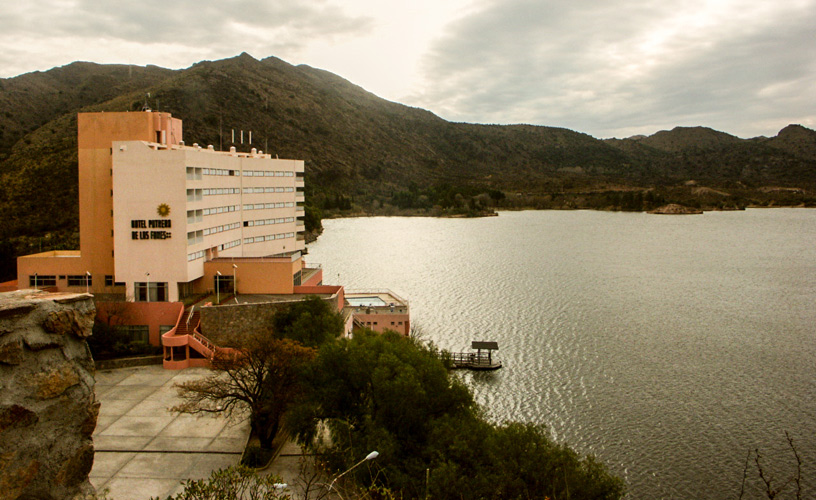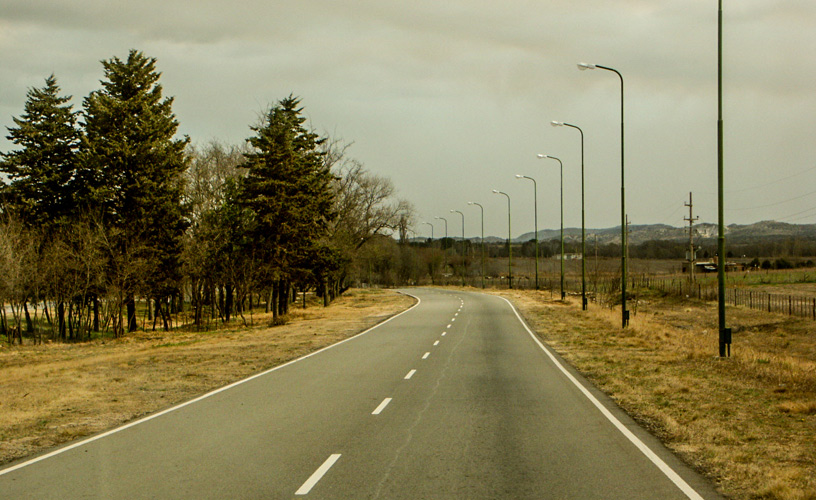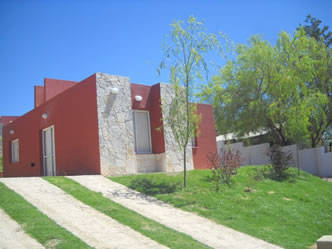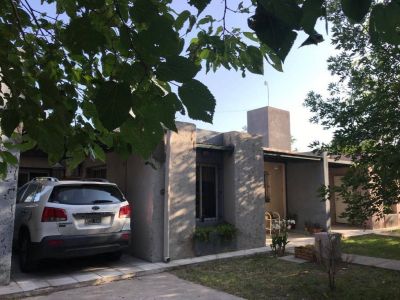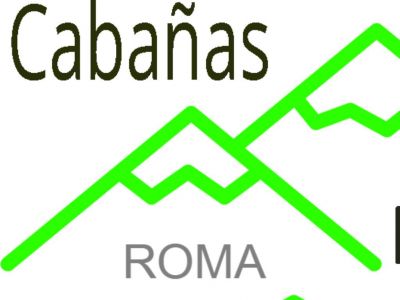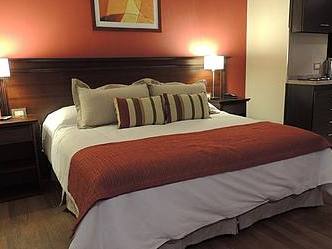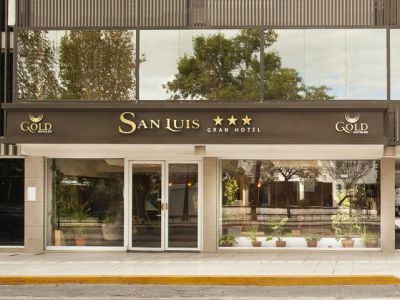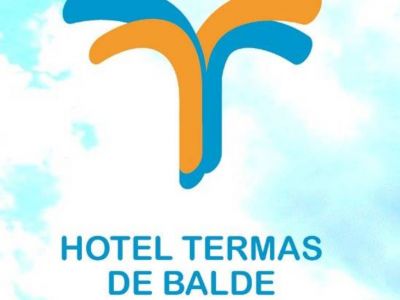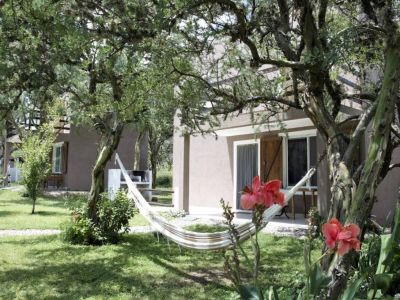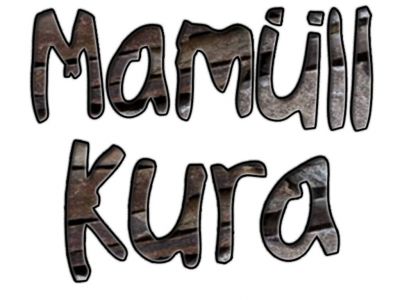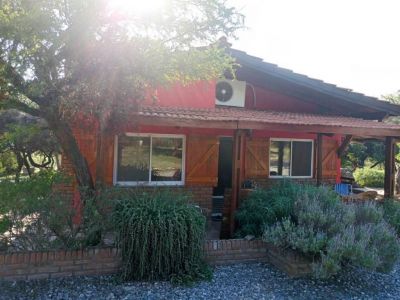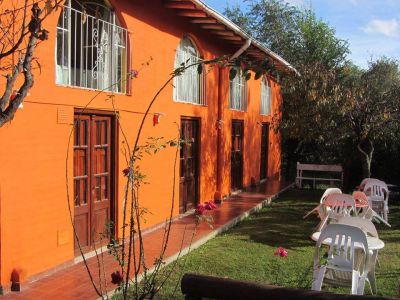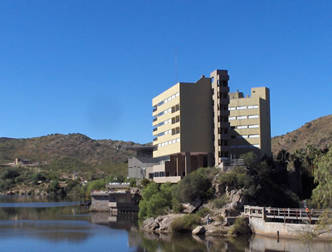Serrano Grand Circuit
A tour including picturesque settlements, beautiful mountain range landscapes, monumental engineering works and emotive historical monuments, in a half-day trip.
We left from the center of the city of San Luis heading for the East along Provincial Route 20, one of the most fascinating roads in the province, not only because of the attractions that appear before our eyes every minute, but also due to its excellent pavement. Forty-five zigzagging kilometers were ahead of us before we reached the La Florida Reservoir. After going along the first eight kilometers of this privileged tourist area, we came across the settlement called Juana Koslay, which has an area of services with steak restaurants, gas stations and supermarket, apart from an important sports center -Ave Fénix- with facilities available for events such as concerts, conventions and conferences, as well as sports. The road forks into two and becomes a vertiginous one-way highway. Taking advantage of the fact that the road is almost deserted, we gained speed and passed by the settlements of Potrero de los Funes, Volcán and Trapiche, where we would stop on our way back, because the eagerness to reach the La Florida dam took hold of us. Beside the road, we could appreciate a vast wheat field that had just been harvested and got lost in the horizon. On the other side, the first foothills of the Comechingones Mountain Range indicated that we were advancing towards the Northeast.
Almost without noticing, we went along 45 km to the La Florida dam, where there is a beautiful 700-hectare water mirror flooded by the Grande and Trapiche Rivers. This reservoir was built in the year 1950 with the purpose of supplying drinking water to the city of San Luis. It has two 45-meter-high retaining walls. On its banks, countless water sport enthusiastics gather to enjoy the wide range of fishing, diving, windsurfing and swimming offer. The La Florida dam offers all its infrastructure for the development of high-class tourism, with the possibility of spending unforgettable moments at the camping parks or bungalows that surround the flora and fauna reserve. After a few minutes of beholding, we started our way back, this time to stop at the attractive summer villages that we had avoided. The Trapiche presents an excellent option for family holidays, as it has warm hostels to lodge us and countless tourist alternatives pursuant to the visitors' age. This beautiful spot was the site of a small settlement that built a mill or “trapiche” –from where it got its name– to pulverize the rocks extracted from the La Carolina mine –North of the district– and thus obtain the precious gold nuggets in the late XVI century. On our way back to the capital city, after a few kilometers, we stopped at El Volcán, another quiet summer village crossed by the homonymous river of calm and eternal waters that bump against the rocks in an invitation to relax, at the same time the soft San Luis breeze strokes our faces. This touristic site has many hotel facilities, houses for rent and gastronomical stores which, together with the main resort: La Hoya, position it as an ideal tourist center to be visited during the summer. Hidden among the Rocks Farther on, after crossing the narrow Quebrada de los Cóndores (Cóndores Ravine), its winding with large natural walls and leafy vegetation set a course towards Potrero de los Funes, with its characteristic Hotel Internacional and its majestic retaining dam, sufficient framework to enjoy a well-deserved rest. Very slowly, we went around the surroundings of the picturesque village to observe the small constructions, such as the San Cayetano Chapel, the Town Hall and the Police Station, among others. We have the opportunity of getting off the transfer vehicle and going up the Condor Viewpoint to get an unforgettable panoramic sight of this place -impossing, indeed. Finally, we headed for the capital of the province, but we make a stop at the Monumento al Pueblo Puntano de la Independencia, where tribute is paid to the offspring of these lands who supported with their lives the Liberating Campaign in charge of General Don José de San Martín. When visiting the inside of the facilities, we can see the "relic pavillion" in the lower level, where objects used by Pringles are kept, the "Great Granadero of San Luis", whereas on the upper part you will appreciate the "Glory" of the monument.
Marcelo Sola
Marcelo Sola
Contact of the excursion or tour
Gimatur S. R. L.
Avenida Illia 305 - Local N° 5, San Luis, San Luis, Agentina
Phone: +54 266-4435751
Cell phone: +54 266-4613806

